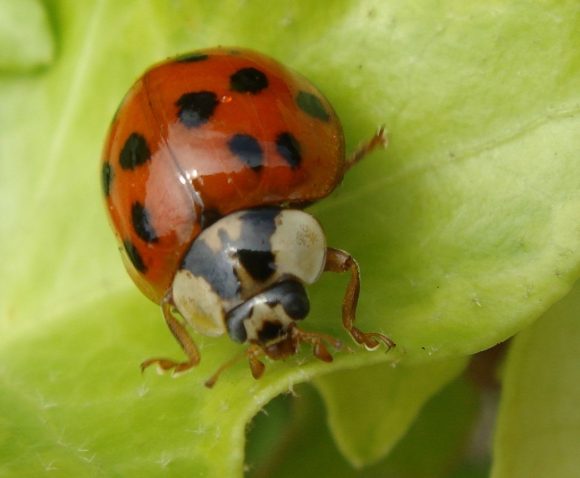“If you can’t measure it, you can’t manage it” is, as with all such well-worn phrases, only partly true. But to adapt another such maxim, while we might be able to make progress without measurement, we do need proof to satisfy everyone else.
There are a range of methods, but surprisingly few consistent measures. In fact, international comparisons of invasions have been hampered by inconsistent data collection. There is an urgent need to move beyond basic lists of invasive taxa, to reporting information at a level that be used to identify problems and prioritise actions, and ideally at a level that will allow a mechanistic understanding of the dynamics which might allow reliable predictions to be made. But as a fundamentally international phenomenon, one of the most important goals in invasion science is to take the lessons learned in one place and apply them elsewhere. In fact, invasiveness elsewhere is commonly cited as one of the most reliable predictors of invasiveness.
As part of a workshop held in September 2012 “Tree Invasions – Patterns & Processes, Challenges & Opportunities” in Bariloche, Argentina, C·I·B core team member John Wilson lead a discussion on this topic. John and 13 colleagues from 8 countries reviewed different sampling methods used and reviewed a variety of metrics dealing with key dimensions of an invasion, from simple and cheap to complicated and expensive. It was important to define some core aspects of invasions that are necessary to: provide base-line statistics for biodiversity assessments; estimate impacts; estimate costs of different management strategies; estimate the threats posed; and ultimately place species into management and legislative categories as part of a strategic planning process.
Based on this, in a paper published as part of a special issue in Biological Invasions, on tree invasions resulting from the Bariloche Meeting, the authors argue that a set of metrics should provide information on status, abundance, spatial extent, and impact of an invasion and how these characteristics change through time.
This culminated in six key metrics:
- Current status in the region
- Potential status
- The number of foci requiring management
- The area of occupancy (AOO) (i.e. compressed canopy area or net infestation)
- The extent of occurrence (EOO) (i.e. range size or gross infestation)
- Observations of current and potential impact
Based on these they developed and tested a standard reporting template for tree invasions.
The IUCN Red List is celebrating its 50th year in 2014. While research is on-going to develop a similar procedure for biological invasions, the paper on metrics will hopefully improve the global exchange of information among researchers and managers.

For more information, contact John Wilson at jrwilson@sun.ac.za




